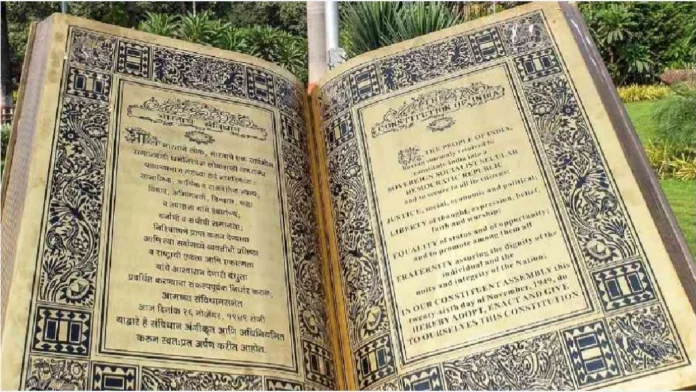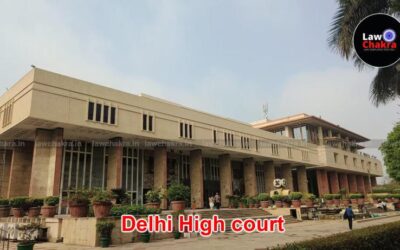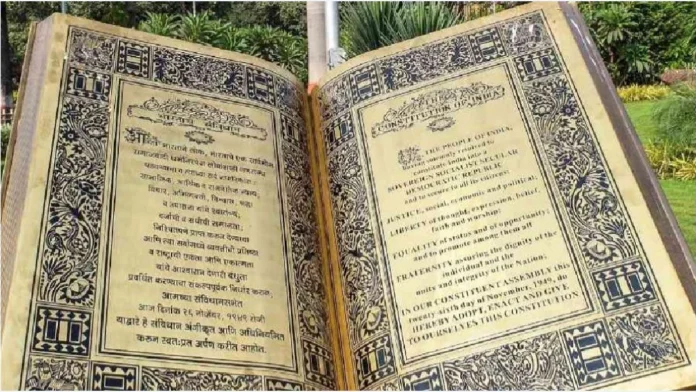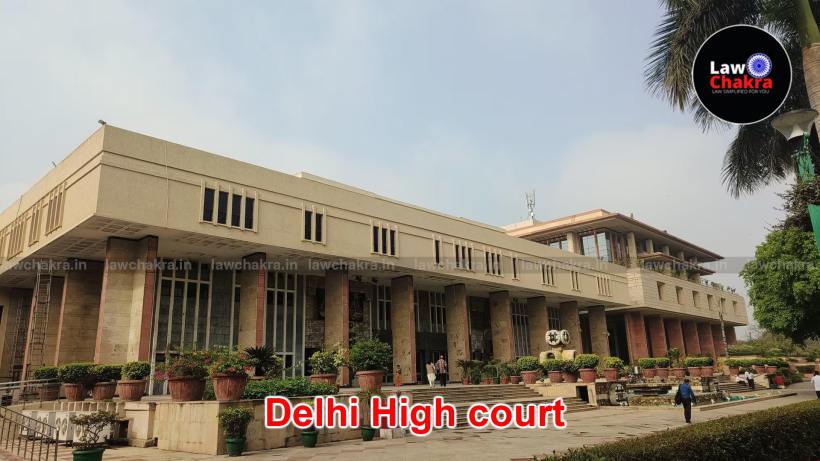Words Under Siege – India Legal

By Sanjay Raman Sinha
As soon as once more, a well-known demand has discovered its means into nationwide discourse: the elimination of the phrases “secular” and “socialist” from the Preamble to the Structure. This time, the decision is louder and extra coordinated, rising from voices throughout the ruling institution and affiliated ideological teams.
RSS Normal Secretary Dattatreya Hosabale fired the opening salvo, quickly echoed by Vice President Jagdeep Dhankhar—who labelled the inclusion of those phrases “an insult to the spirit of Sanatan”—and Assam Chief Minister Himanta Biswa Sarma, who dismissed them as alien ideas borrowed from the West.
Sarma argued that Article 14, which ensures equality earlier than the regulation, is enough to make sure constitutional parity. However this line of reasoning is each reductive and traditionally inconsistent.
EMERGENCY ORIGINS AND POLITICAL BAGGAGE
It’s true that the phrases “secular” and “socialist” weren’t a part of the unique Structure. The truth is, Constituent Meeting member KT Shah repeatedly proposed their inclusion, however these amendments had been rejected by Dr BR Ambedkar, chair of the Drafting Committee. Ambedkar, together with Jawaharlal Nehru, feared that enshrining “secular” explicitly is likely to be interpreted as anti-religion, a threat they had been unwilling to absorb a newly partitioned and risky India.
Finally, it was throughout Indira Gandhi’s Emergency regime in 1976, by way of the forty second Modification, that the 2 phrases had been added. Alongside basic duties and different sweeping modifications, the Preamble was up to date to explain India as a “sovereign, socialist, secular, democratic republic”.
Regardless of the Emergency’s authoritarian excesses, the succeeding Janata Occasion authorities in 1977 selected to retain the modification, indicating a tacit endorsement of its conceptual validity.
JUDICIAL SEAL OF APPROVAL
Over time, the judiciary has repeatedly validated the inclusion and interpretation of those phrases. In Kesavananda Bharati vs State of Kerala (1973), the Supreme Courtroom held that secularism is a primary characteristic of the Structure. The then Chief Justice of India SM Sikri’s view was unambiguous: Parliament can’t amend the fundamental construction of the Structure, together with the values expressed within the Preamble.
In Minerva Mills vs Union of India (1980), the Supreme Courtroom strengthened socialism as an aspirational ideally suited, rooted in Directive Ideas of State Coverage. Most just lately, in 2024, the Supreme Courtroom once more upheld the Preamble modifications as constitutionally legitimate, supplied they don’t violate basic rights or the Structure’s underlying construction.
BEYOND WORDS: THE POLITICS OF PRACTICE
Whereas the authorized debate is vital, the extra urgent query is how these beliefs are applied on the floor degree. The Structure doesn’t outline secularism or socialism; their meanings are inferred and actuated by means of insurance policies.
If Congress-era socialism was Nehruvian in design and Indira Gandhi’s “Garibi Hatao” in spirit, the Narendra Modi authorities’s “Sabka Saath, Sabka Vikas” represents a recent variant—one which emphasizes inclusion, however throughout the framework of market-led reforms and majoritarian politics.
However the financial disparity persists. The highest 10 % of India’s inhabitants holds 77 % of the nationwide wealth, whereas the underside 50 % noticed only one % of wealth progress in 2017. This deepening inequality, mixed with a rising fusion of state and faith, raises alarms in regards to the relevance and utility of those beliefs—not simply their point out within the Preamble.
THE ROAD AHEAD: LAW VS IDEOLOGY
Article 368 of the Structure empowers Parliament to amend the Structure, together with the Preamble—however not at the price of its primary construction. Any legislative transfer to delete “secular” or “socialist” may face judicial invalidation.
In the end, the battle shouldn’t be authorized alone—it’s ideological. It displays a conflict between visions of India: one that is still pluralistic and inclusive, and one other that seeks to reframe nationalism by means of cultural and financial lenses.
As debates develop sharper and extra politicized, what should not be misplaced is that this: phrases matter—not simply in regulation books, however in lived actuality.
SECULAR ETHOS OF THE CONSTITUTION
Supreme Articles that embody secularism:
- Article 14: Equality earlier than the regulation.
- Article 15: Prohibits discrimination primarily based on faith, race, caste, intercourse, homeland.
- Article 25: Freedom of conscience and faith.
- Article 26: Autonomy of spiritual denominations.
- Article 27: Prohibits taxes for spiritual promotion.
- Article 28: No spiritual instruction in state-run colleges.
- Articles 29 and 30: Shield minority language, tradition, and establishments.
SECULARISM AND THE COURTS
Judicial landmarks on secularism:
- St. Xavier’s Faculty vs State of Gujarat
“There is no such thing as a mysticism within the secular character of the State… nobody shall be discriminated towards on the bottom of faith…”
- SR Bommai vs Union of India
“ …spiritual tolerance and equal therapy of all spiritual teams and safety of their life and property and of the locations of their worship are a necessary a part of secularism enshrined in our Structure… ”
- Ismail Faruqui vs Union of India
“It’s clear from the Constitutional scheme that it ensures equality within the matter of faith to all people and teams regardless of their religion emphasizing that there is no such thing as a faith of the state itself. The Preamble of the Constitution learn particularly with Articles 25-28 emphasizes this side…”
- M Siddiq vs Mahant Suresh Das (Ram Janmabhoomi case)
“At its coronary heart…the Structure all the time revered and accepted: the equality of all faiths. Secularism can’t be a writ misplaced within the sands of time by being oblivious to the train of spiritual freedom by everybody.”





